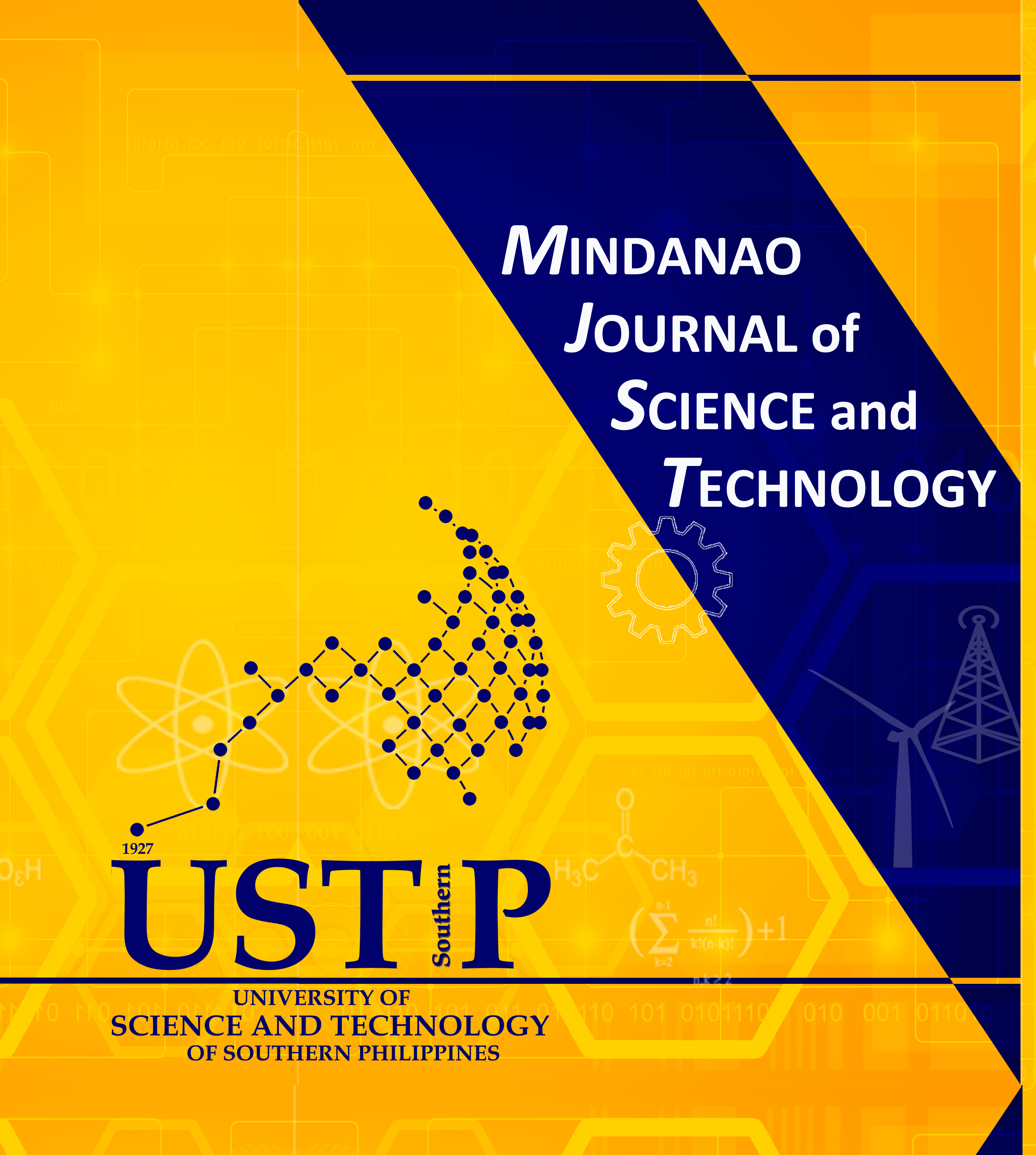Quantitative Analysis of Coefficient of Performance of Liquefied Petroleum Gas Refrigeration System
DOI:
https://doi.org/10.61310/mjst.v22i2.2182Keywords:
COP, energy, mathematical modeling, refrigeration, Sustainable Development GoalsAbstract
This study addresses the significant environmental and energy efficiency challenges posed by traditional refrigeration systems. These systems emit greenhouse gases and rely heavily on electricity, making them unsuitable for regions with unreliable power supplies. To mitigate these issues and explore alternative applications for the high-priced LPG typically used in cooking, this research proposes using Liquefied Petroleum Gas (LPG) as a substitute for refrigeration. Focusing on the mathematical modeling and empirical testing of the Coefficient of Performance (COP) of an LPG refrigeration system, this study incorporates a comprehensive methodological approach, including theoretical models and a series of experiments that assess variables such as pressure drop, mass flow rate, and temperature change. These methodologies enabled the quantification of the system efficiency through a range of COP values observed from 0.02 to 1.78, demonstrating a progressive improvement in performance. The empirical data revealed the system's ability to achieve cooling effects down to -3.5°C, highlighting its potential for small-scale refrigeration in remote areas. A 22.12% average percent difference indicates that the current mathematical model for estimating COP shows some precision but leaves room for improvement. This discrepancy is significant because it suggests that the model does not fully account for all factors such as environmental variables. To enhance the model’s accuracy, further research should focus on incorporating additional variables and refining the methodology.










